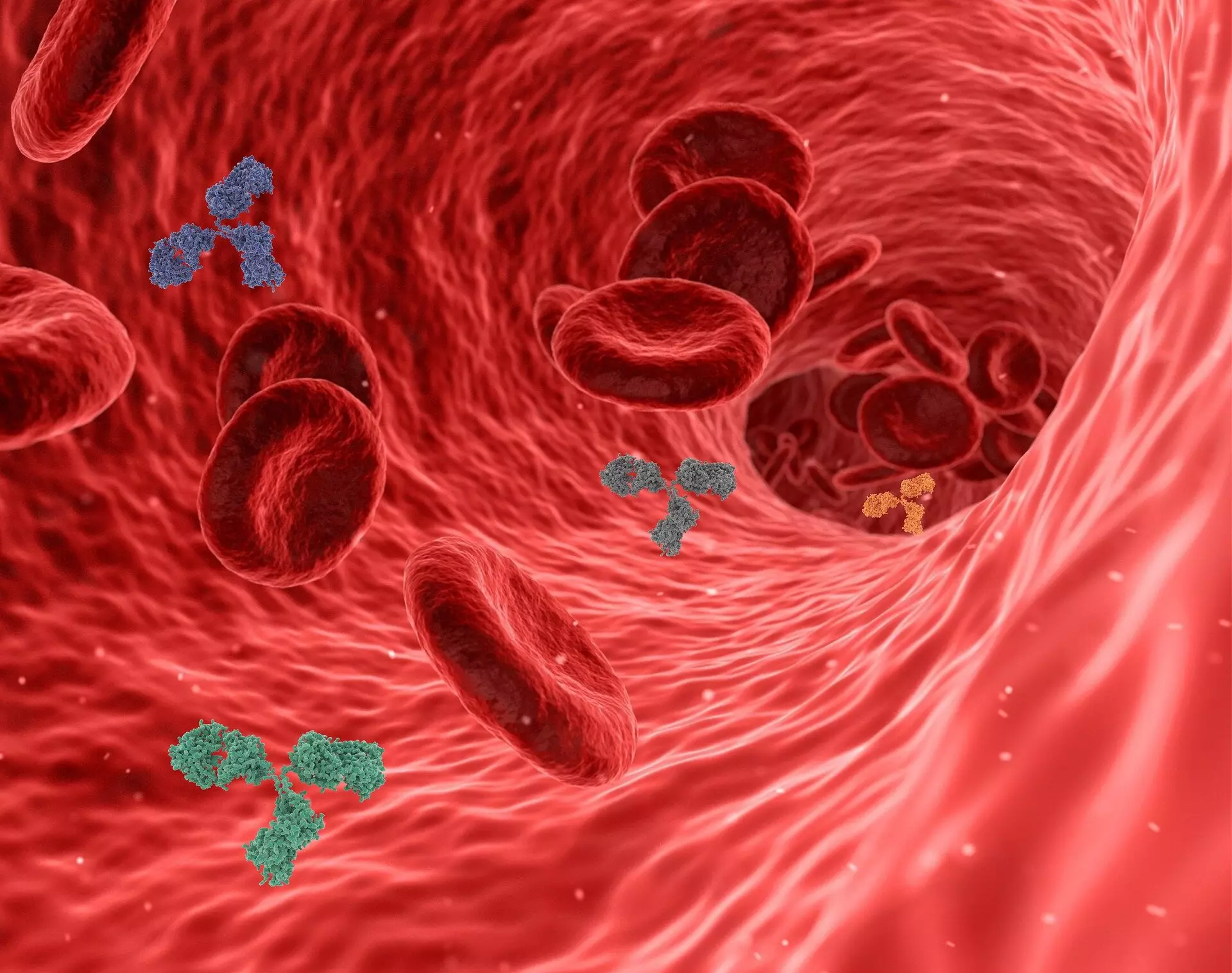The concept of growing functional human organs outside the body has long been considered the “holy grail” of organ transplantation medicine. However, this achievement has remained elusive until now. Recent research from Harvard’s Wyss Institute for Biologically Inspired Engineering and John A. Paulson School of Engineering and Applied Science (SEAS) has brought us one step closer to this monumental goal. A team of scientists has developed a groundbreaking method to 3D-print vascular networks that closely mimic the structure of naturally occurring blood vessels, representing a significant advancement in the field of regenerative medicine.
The key innovation behind this breakthrough is the development of a new 3D bioprinting method known as “coaxial sacrificial writing in functional tissue” (co-SWIFT). Unlike previous methods, co-SWIFT enables the creation of multilayered vascular networks that consist of interconnected blood vessels surrounded by smooth muscle cells and endothelial cells. This innovative approach makes it easier to form an interconnected endothelium and provides the necessary robustness to withstand the internal pressure of blood flow. The team achieved this by using a unique core-shell nozzle with two independently controllable fluid channels for the inks that make up the printed vessels: a collagen-based shell ink and a gelatin-based core ink.
To validate the effectiveness of the co-SWIFT method, the team first printed their multilayer vessels in cell-free matrices. They were able to successfully print branching vascular networks in both transparent granular hydrogel and uPOROS matrices. By heating the matrix, the collagen in the shell ink crosslinked while the sacrificial gelatin core ink melted, resulting in an open, perfusable vasculature. The team then repeated the printing process using a shell ink infused with smooth muscle cells and perfused endothelial cells into the vascular network. After seven days of perfusion, both cell types were alive and functioning efficiently, demonstrating a significant decrease in vessel permeability.
Moving into more biologically relevant materials, the team sought to test their method in living human tissue. They constructed cardiac organ building blocks (OBBs) using beating human heart cells and printed a biomimetic vessel network onto the tissue using co-SWIFT. After five days of perfusion with a blood-mimicking fluid, the cardiac OBBs displayed synchronized beating, indicative of healthy and functional heart tissue. The tissues also responded appropriately to common cardiac drugs, further confirming their functionality. This successful application of the co-SWIFT method in living human tissue marks a significant milestone in regenerative medicine.
In future work, the research team aims to generate self-assembled networks of capillaries and integrate them with their 3D-printed blood vessels to more accurately replicate the structure of human blood vessels on a microscale. This integration is expected to enhance the function of lab-grown tissues and pave the way for the development of implantable human organs. The ultimate goal is to revolutionize organ transplantation by providing patients with personalized, vascularized organs that can be grown in the lab.
The breakthrough achieved by the team at Harvard’s Wyss Institute and SEAS represents a significant leap forward in the field of regenerative medicine. The ability to 3D-print functional vascular networks that closely mimic natural blood vessels opens up new possibilities for growing implantable human organs. The innovative co-SWIFT method has the potential to revolutionize organ transplantation and personalized medicine, offering hope to patients in need of lifesaving treatments. As researchers continue to refine and expand upon this groundbreaking technology, the future of regenerative medicine looks brighter than ever before.


Leave a Reply